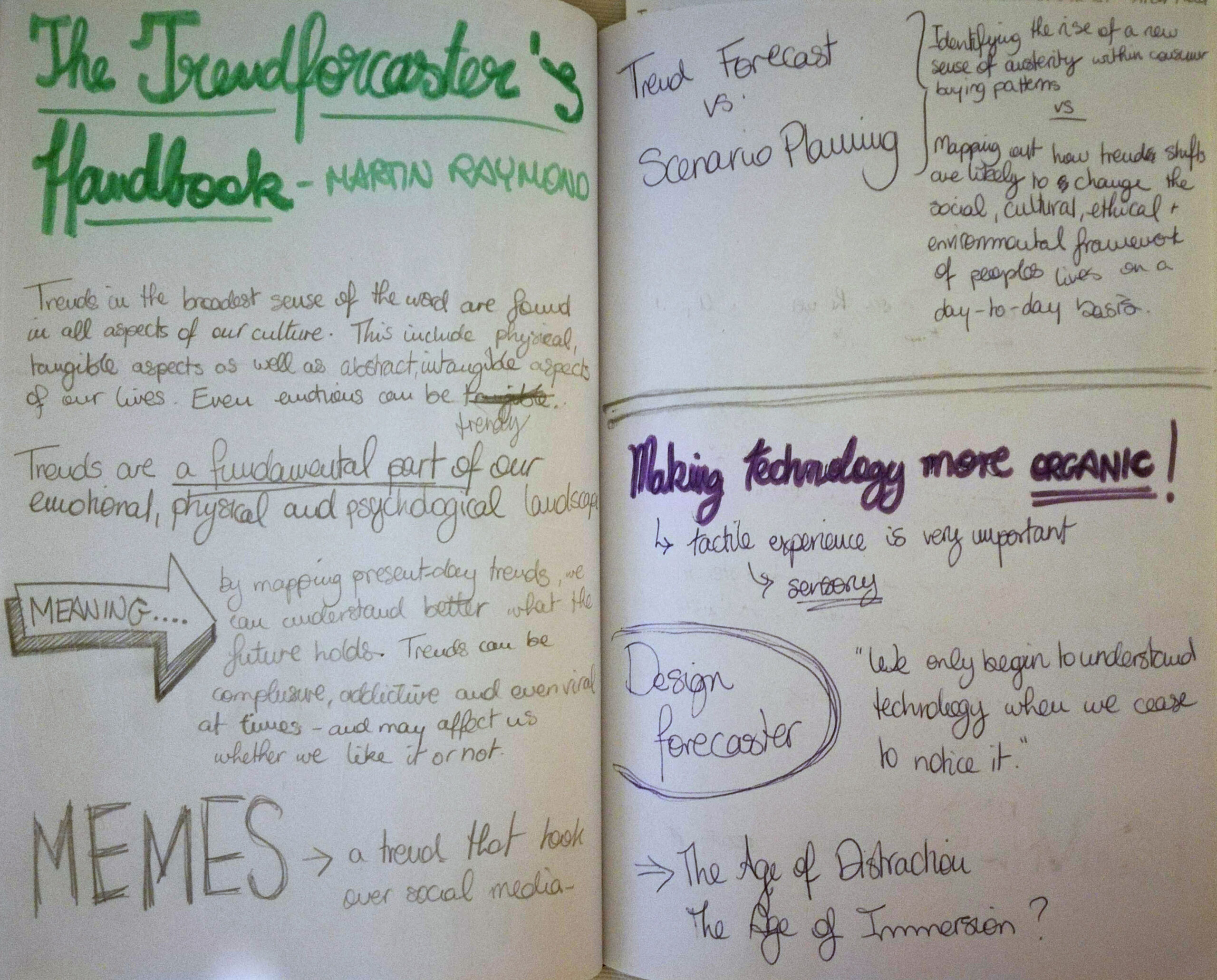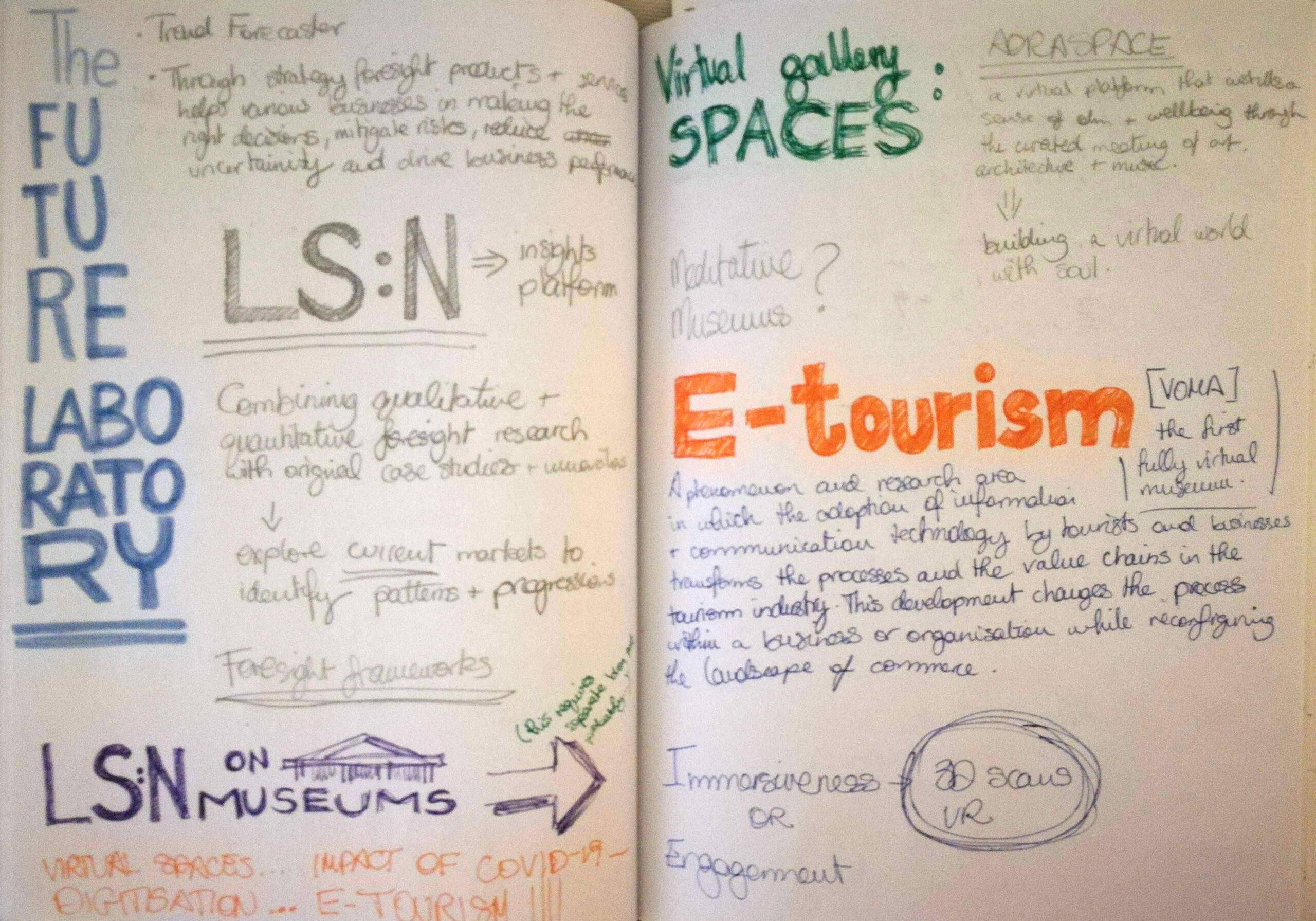
Positioning and Trends – Understanding Current Trends… and Predicting Them?

Along with looking at what your competitors are doing, understanding the general direction in which your target audience is taking in relation to the product or service you are offering is equally important. Knowing present-day trends is important as you will find what engages people, what pushes their buttons and also see the positive and negative impacts of such trends. Trends and positioning are the topics of this week.
What is a trend? And What is Their Impact on the Creative Industry?
A trend can be described as a general direction in which something is developing or changing. According to Raymond, in his book, The Trend Forecaster’s Handbook, he describes it as:
“the direction in which something (and that something can be anything) tends to move and which has consequential impact on the culture, society or business sector through which it moves.”
Michael Raymond, The Trend Forecasters’ Handbook
Trends, unlike what many people think, can be found in all aspects of our lives. Meaning a trend can be emotional, intellectual, physical or psychological. Hence, whether we like it or not, trends a fundamental part of our lives. And for designers it is not an exception. This week’s lecture was quite short in comparison to the usual ones, yet it was quite informative. As mentioned by Torsten Posselt from FELD, trends can be interesting, as through trends one can learn what makes people tick, as well as help in identifying a niche – that gap in the market. However, as informative trends can be, trends can be quite overwhelming. When it comes to design and visual culture, with this visual content apps such as Pinterest and Dribbble, although the content can be inspiring, it can get overwhelming. In addition to this, trends are usually what people want, yet it may not necessarily be the right solution to a problem. Plus, from a creative standpoint, I do find trends cliché at times.
Identifying Emerging Trends and Their Benefits
Reverting back to the lecture content for a moment, an important point was made by Posselt – that of filtering information. With all that content and information flooding towards us constantly, it is important to learn to identify what matters and what doesn’t. An easy trick to help with this is to quickly scan a visual and see whether there is something interesting or something you like straight away. If you are giving it too much thought, then just discard it.
As trends are part of our life, mapping these trends can help in understanding better what the future holds. Case in point is this year. Trends say a lot about society. 2020 has given trend forecasters a fine example in sudden trend shift because of how the pandemic had impacted the global population. Whereas in previous times people valued material things, now people have come to realise that the most precious things are free. Not to mention the newfound awareness of general cleanliness of our surroundings. To this, it is very curious as to how people will behave in the post-pandemic era.
Trend forecasting is an important exercise in the initial stages of a project. It is even more effective if it is linked to ‘scenario planning’ – the planning of how trend shifts are likely to change the social, cultural, ethical and environmental framework of peoples’ lives. It is an exercise where numerous hypotheses are drafted and evaluated. They are important because, apart from being able to find a better solution that can work in the long run, it also makes room to be able to be more flexible in your own project and that the final solution would be equally effective in future societies. In one of the interviews, Luke Veerman, Interaction Designer at Eden Spiekermann brought up the example of face recognition. Currently face recognition as seen as something innovative, however when a project is due to be launched in three of even five years’ time, will the people still find it innovative, or will they see it as invasive?








